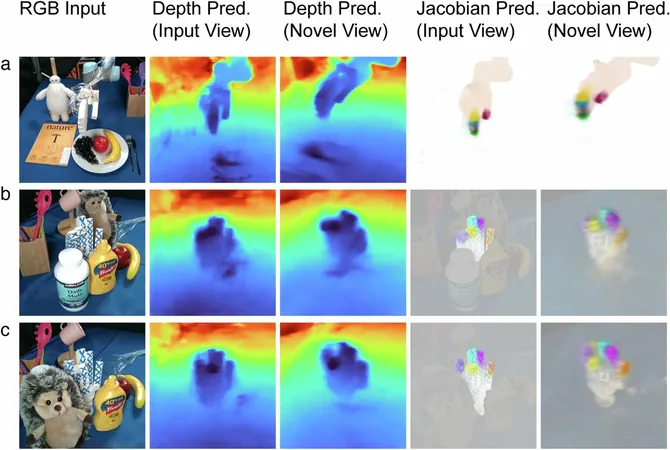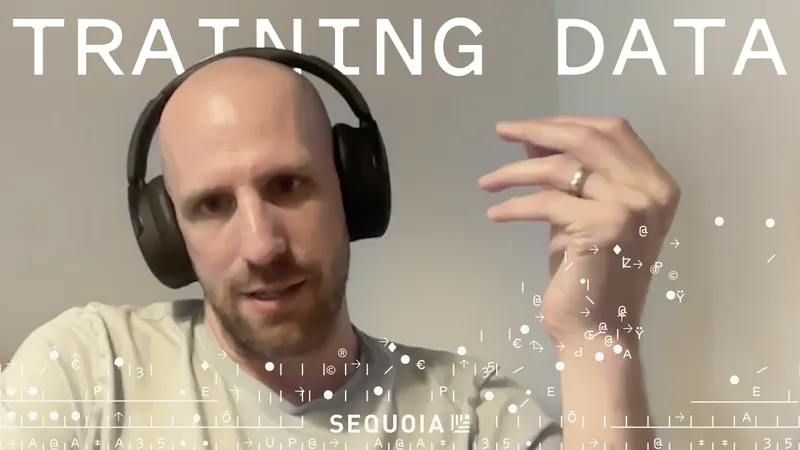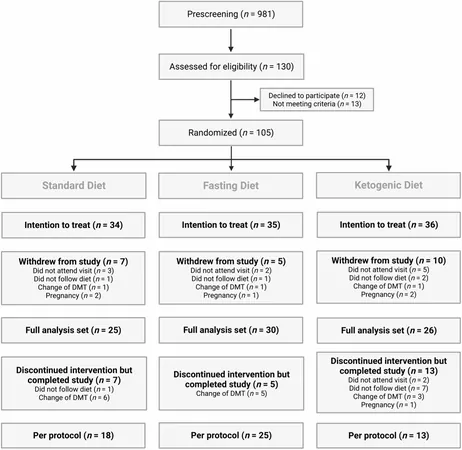
Revolutionary Robot Self-Discovery: MIT's Vision-Based System Transforms Robotic Control
2025-07-27
Author: Wei Ling
MIT Unveils Groundbreaking Robot Control System
In a pioneering development at MIT's Computer Science and Artificial Intelligence Laboratory (CSAIL), researchers have created a soft robotic hand that can effortlessly grasp objects—all without complex sensors. This innovative system harnesses the power of a single camera to watch and learn from the robot’s movements, redefining the landscape of robotic control.
Meet Neural Jacobian Fields (NJF)
Introducing Neural Jacobian Fields (NJF), a cutting-edge method that enables robots to gain bodily self-awareness purely through visual feedback. As lead researcher Sizhe Lester Li explains, this approach signifies a fundamental shift from conventional programming to a learning-based model where robots teach themselves how to respond to commands.
Breaking Free from Traditional Robotics Constraints
Typically, robots are designed with rigid structures and numerous sensors, making it simpler to create a digital twin for control; however, NJF transforms that paradigm. Robots can now learn their internal mechanics through observation, eliminating the constraints of extensive engineering and giving designers the freedom to innovate.
Learning Through Observation: How It Works
NJF operates similarly to how humans learn to control their fingers: by experimenting and adapting. The system has demonstrated its adaptability by learning the physics of various robotic types. From soft hands to 3D-printed arms, NJF proved capable of understanding motion dynamics through vision alone.
Endless Possibilities for Real-World Applications
Imagine robots equipped with NJF tackling agricultural tasks with pinpoint accuracy or navigating chaotic construction sites without extensive sensor arrays. The possibilities are limitless as this technology opens avenues for robots to operate effectively in messy, unstructured environments.
The Science Behind the Magic
At the heart of NJF is a sophisticated neural network that captures both the geometry of a robot and its response to various control inputs. By analyzing camera footage of random motions, these systems learn to predict how any part of the robot will move, all without human input or prior knowledge of the design.
A Future without Programming Limitations
Currently, training NJF requires multiple cameras and must be tailored for each robot. However, researchers envision a day when hobbyists can simply film a robot's movements with their smartphones to create a control model instantly. This promises to make advanced robotics accessible to everyone.
Soft Robotics: The Dawn of a New Era
Decades of robotics research leaned toward rigid, easily programmable machines, yet the future is increasingly shifting toward flexible, bio-inspired designs. By utilizing vision as a robust sensing mechanism, NJF not only lowers the cost of robotics but also enables dynamic, adaptable behaviors—allowing robots to integrate seamlessly into everyday environments.
Join the Robotic Revolution!
As NJF propels robots toward self-supervised learning, the potential for real-world applications continues to grow. With the ability to adapt and operate independently, these robots promise to reshape industries from agriculture to construction. We are just beginning to scratch the surface of what’s possible in this new era of robotic intelligence.



 Brasil (PT)
Brasil (PT)
 Canada (EN)
Canada (EN)
 Chile (ES)
Chile (ES)
 Česko (CS)
Česko (CS)
 대한민국 (KO)
대한민국 (KO)
 España (ES)
España (ES)
 France (FR)
France (FR)
 Hong Kong (EN)
Hong Kong (EN)
 Italia (IT)
Italia (IT)
 日本 (JA)
日本 (JA)
 Magyarország (HU)
Magyarország (HU)
 Norge (NO)
Norge (NO)
 Polska (PL)
Polska (PL)
 Schweiz (DE)
Schweiz (DE)
 Singapore (EN)
Singapore (EN)
 Sverige (SV)
Sverige (SV)
 Suomi (FI)
Suomi (FI)
 Türkiye (TR)
Türkiye (TR)
 الإمارات العربية المتحدة (AR)
الإمارات العربية المتحدة (AR)